Creative Spark: Finding Your Design Inspiration
Design thinking is a powerful tool for innovation, but it all starts with finding your creative spark. Inspiration is the fuel that drives the design process, guiding you from a blank canvas to a fully realized concept. In this article, we will explore the importance of finding your design inspiration and how it can lead to innovative solutions.

Image Source: maqe.com
The first step in the design thinking process is to immerse yourself in the world around you. This means being curious, observant, and open to new ideas. Inspiration can come from anywhere – a walk in the park, a conversation with a friend, or even a random thought that pops into your head. The key is to pay attention to the world and allow yourself to be inspired by the things you encounter.
One way to find your design inspiration is to keep a journal or sketchbook handy at all times. This can be a place to jot down interesting observations, sketch out new concepts, or simply brainstorm ideas. By capturing your thoughts and observations in a tangible form, you can begin to see patterns emerge and connections form between seemingly unrelated ideas.
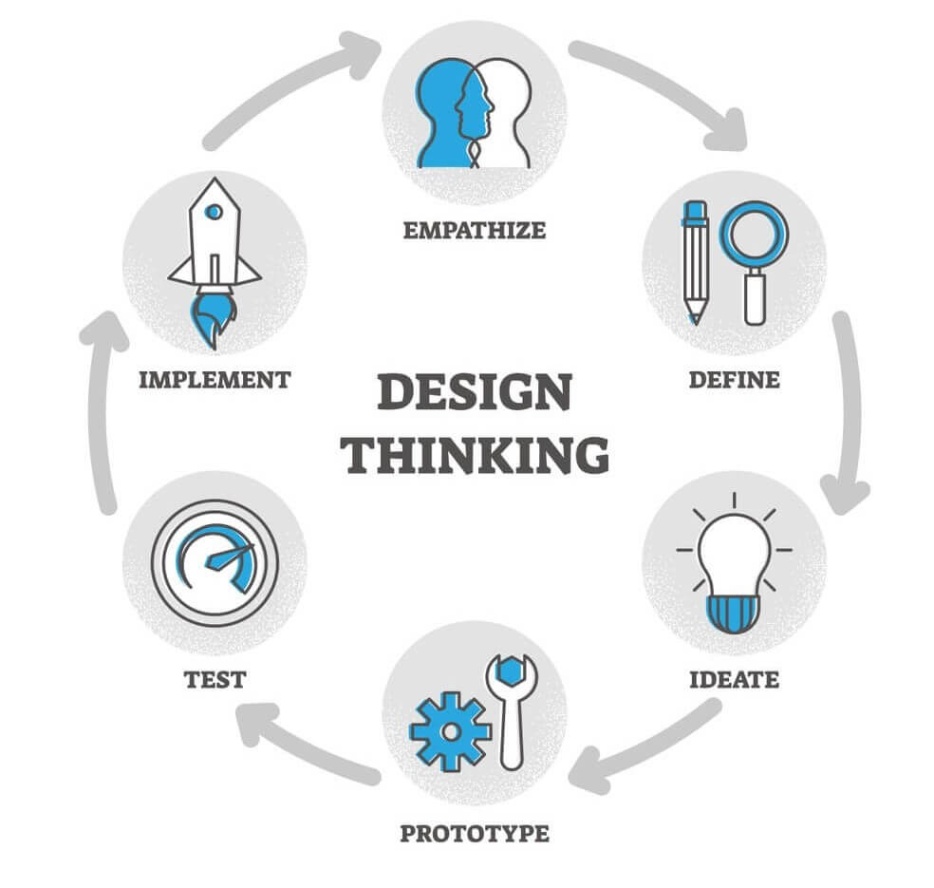
Image Source: unichrone.com
Another way to ignite your creative spark is to seek out new experiences and perspectives. This could mean taking a class in a subject you know nothing about, visiting a museum or art gallery, or traveling to a new place. Exposing yourself to new stimuli can help you see the world in a different light and inspire fresh ideas for your design projects.
Collaboration is also key to finding your design inspiration. Working with others who have different backgrounds, skills, and perspectives can help you see your project from new angles and generate innovative solutions. By bouncing ideas off of each other and sharing feedback, you can push past creative blocks and come up with truly unique concepts.
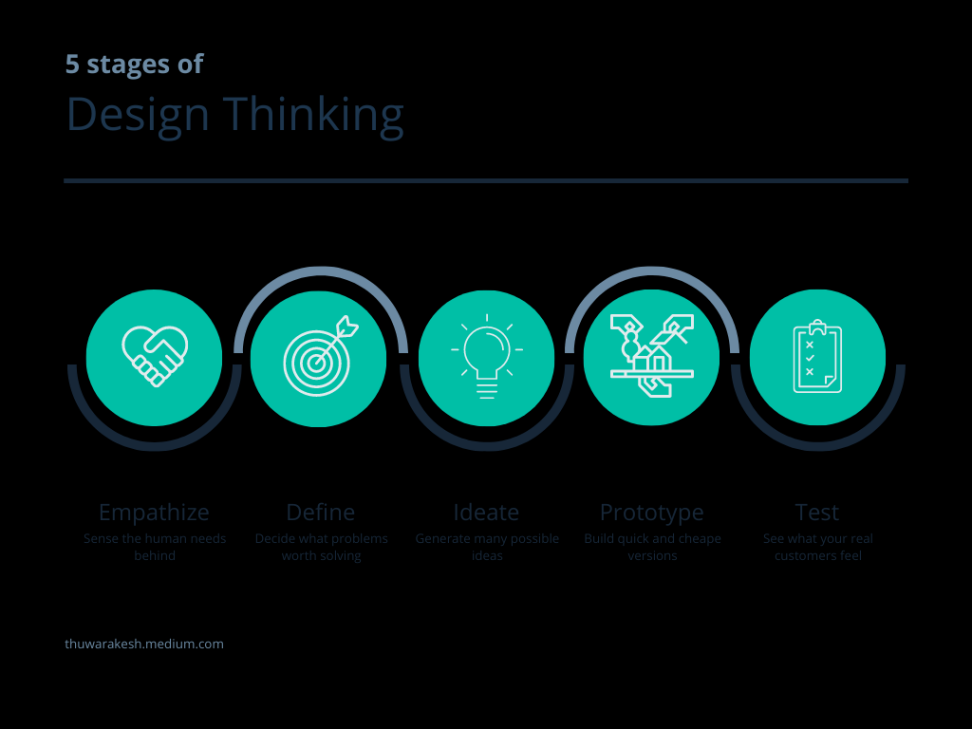
Image Source: medium.com
Of course, finding your design inspiration is just the beginning. The next step is to harness that inspiration and turn it into innovative concepts. This requires a combination of creativity, problem-solving skills, and a willingness to take risks. It may not always be easy, but the end result can be truly transformative.
In conclusion, finding your design inspiration is a crucial first step in the design thinking process. By immersing yourself in the world around you, keeping a journal of your thoughts and observations, seeking out new experiences and perspectives, and collaborating with others, you can ignite your creative spark and generate innovative solutions. So go ahead, find your inspiration and let your imagination soar. The possibilities are endless.
Dream Big: Turning Ideas into Innovative Concepts
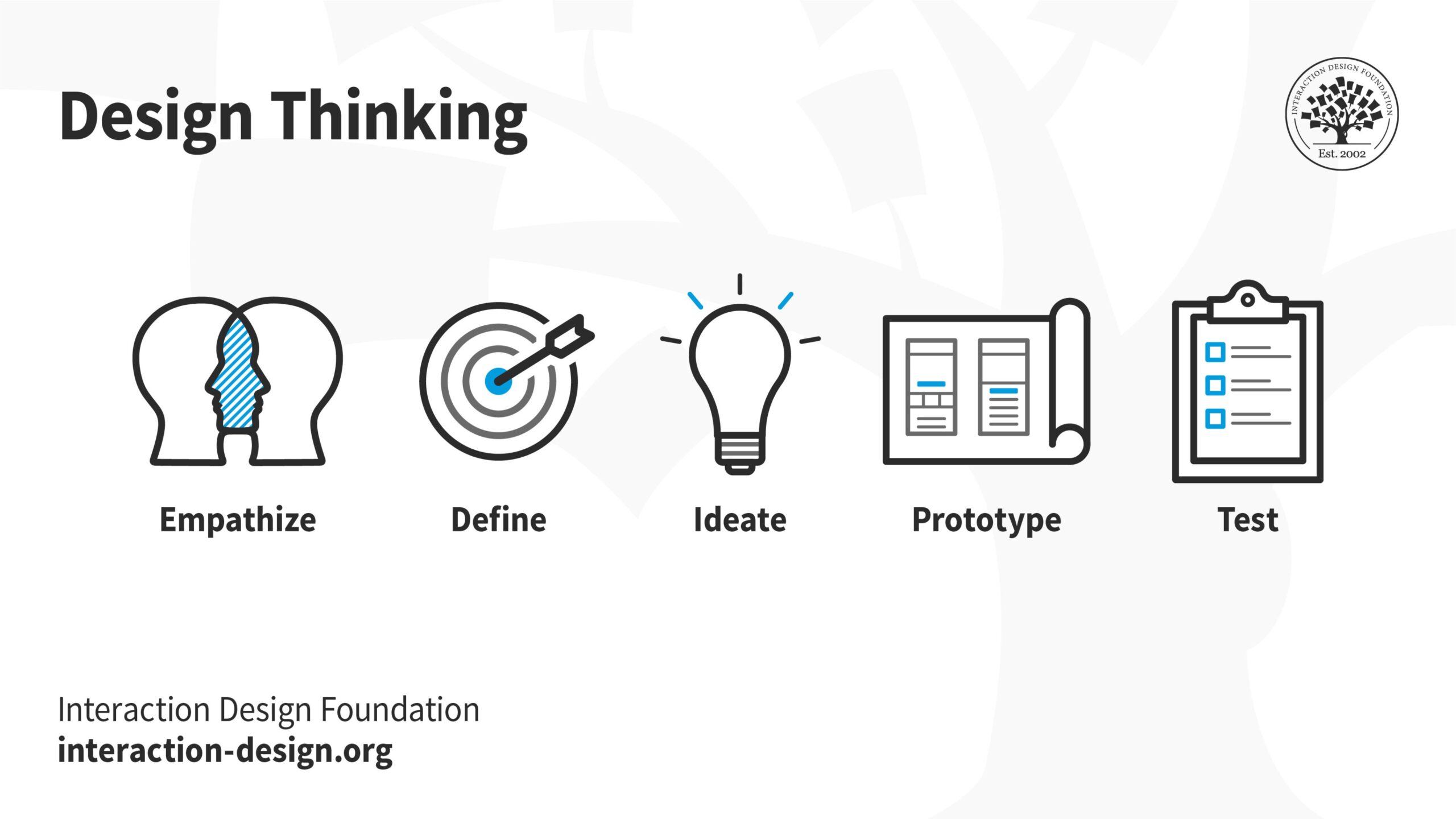
Image Source: interaction-design.org
Welcome to the second step in the exciting journey of design thinking – turning your ideas into innovative concepts by dreaming big! This step is all about taking your initial inspiration and transforming it into something truly remarkable and groundbreaking. Let’s dive in and explore how you can unleash your creativity and bring your ideas to life.
Once you have found your design inspiration in the first step of the process, it’s time to start dreaming big. This is the stage where you allow your imagination to run wild and think outside the box. Don’t hold back – let your ideas flow freely and don’t be afraid to push the boundaries of what is possible. Remember, some of the greatest innovations in history have come from daring to dream big.
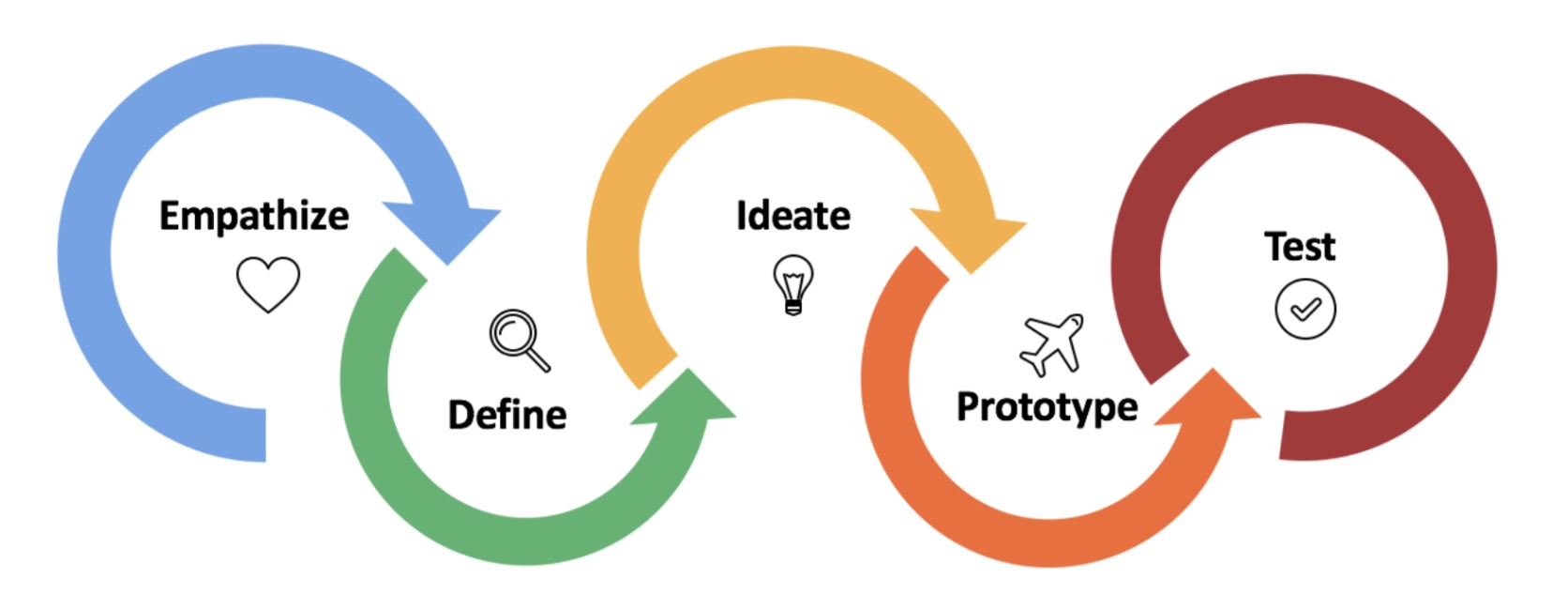
Image Source: cloudfront.net
To turn your ideas into innovative concepts, it’s important to start by brainstorming and exploring all the possibilities. Gather your team together and encourage everyone to contribute their thoughts and ideas. No idea is too big or too small at this stage – the goal is to generate as many ideas as possible and see where they lead.
Once you have a range of ideas to work with, it’s time to start refining and shaping them into innovative concepts. This is where you need to think critically and strategically about how each idea can be developed and brought to life. Consider factors such as feasibility, practicality, and the impact your concept will have on the end user.

Image Source: medium.com
One key aspect of dreaming big is to challenge conventional thinking and explore new ways of doing things. This is where thinking outside the box comes into play. Don’t be afraid to take risks and try new approaches – innovation often comes from stepping outside your comfort zone and embracing the unknown.
Another important aspect of turning ideas into innovative concepts is collaboration. Work closely with your team members and other stakeholders to gather feedback, refine your concepts, and ensure that you are on the right track. Collaboration can help spark new ideas and perspectives, leading to even more innovative concepts.
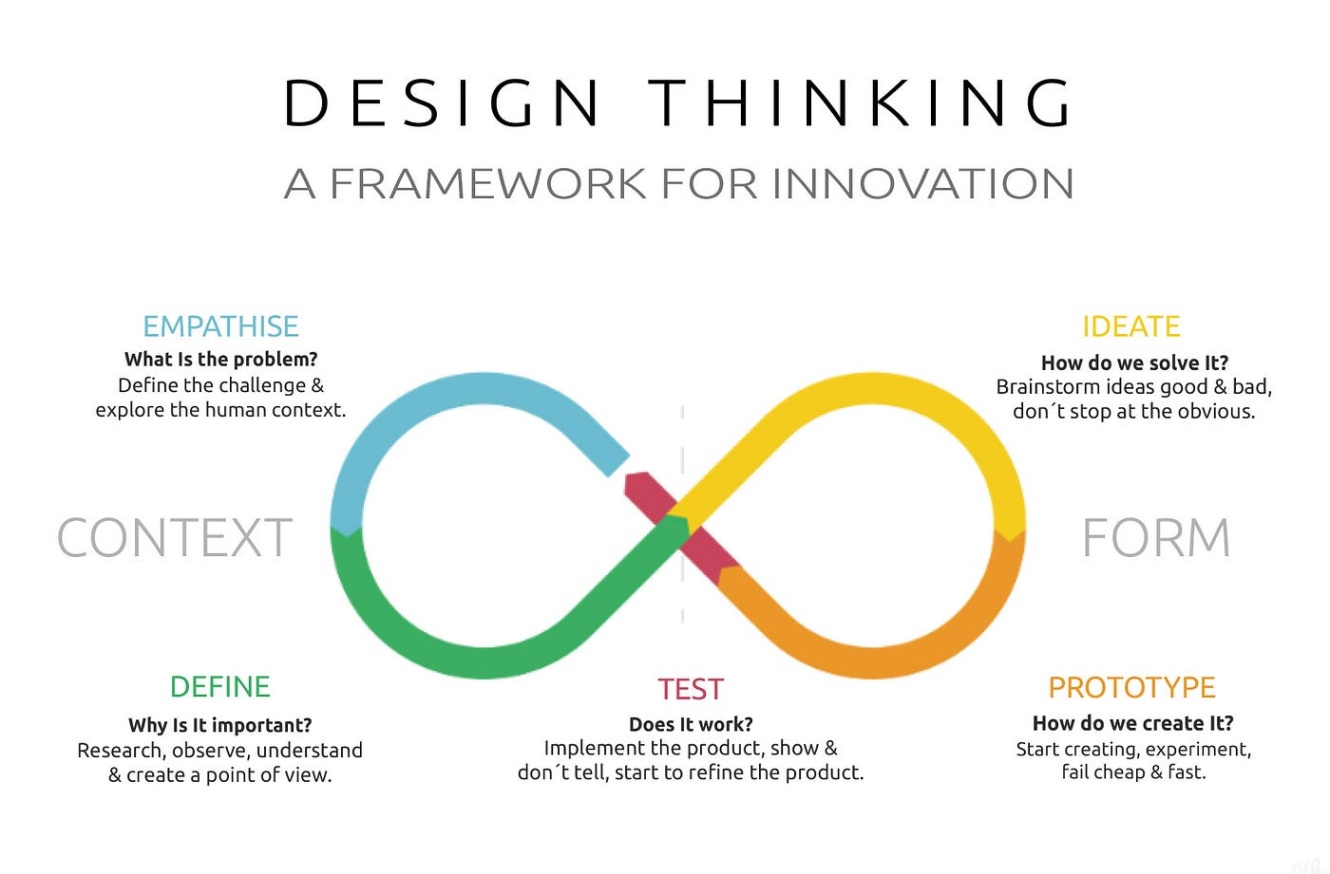
Image Source: medium.com
As you work on turning your ideas into innovative concepts, remember to stay focused on the end goal – creating something truly unique and impactful. Keep your vision in mind and don’t be afraid to make bold decisions and take calculated risks. Innovation requires courage and a willingness to challenge the status quo.
In conclusion, dreaming big is a crucial step in the design thinking process. By turning your ideas into innovative concepts, you can bring your vision to life and create something truly revolutionary. So go ahead, embrace your creativity, think outside the box, and dream big – the possibilities are endless!
Think Outside the Box: Implementing Design Thinking
Design thinking is a powerful tool that can help individuals and organizations solve complex problems in creative and innovative ways. It is a human-centered approach to innovation that combines empathy, creativity, and rationality to come up with solutions that meet the needs of the end users. In order to effectively implement design thinking, it is important to think outside the box and challenge conventional ways of thinking.
The first step in implementing design thinking is to understand the problem at hand. This involves conducting research, gathering data, and empathizing with the end users to gain a deeper understanding of their needs and wants. By thinking outside the box and approaching the problem from different angles, designers can uncover insights that may have been overlooked.
Once the problem has been clearly defined, the next step is to ideate and brainstorm potential solutions. This is where thinking outside the box becomes crucial. By encouraging creativity and embracing unconventional ideas, designers can come up with innovative concepts that have the potential to disrupt the status quo.
After generating a wide range of ideas, the next step is to prototype and test these concepts. This involves creating low-fidelity prototypes that can be quickly iterated upon based on feedback from end users. By thinking outside the box and being open to experimentation, designers can rapidly test and refine their ideas to ensure that they meet the needs of the end users.
The final step in implementing design thinking is to iterate and refine the solution based on feedback. By continuously testing and refining the concept, designers can ensure that it is both feasible and desirable. This iterative process allows for constant improvement and ensures that the final solution is truly innovative.
By thinking outside the box and embracing creativity, designers can unlock their full potential and come up with truly innovative solutions. Design thinking is not just a process, but a mindset that encourages individuals to challenge the status quo and push the boundaries of what is possible.
In conclusion, implementing design thinking requires thinking outside the box and challenging conventional ways of thinking. By empathizing with end users, ideating creative solutions, prototyping and testing concepts, and iterating based on feedback, designers can transform inspiration into innovation. Design thinking is a powerful tool that can help individuals and organizations solve complex problems and drive positive change. So, let’s think outside the box and embrace the power of design thinking to create a better future for all.
Design Revolution: Transforming Inspiration into Innovation
Design revolution is the exciting phase where inspiration transforms into innovation. It is the culmination of all the hard work, creativity, and dedication that went into the design thinking process. This is where the magic happens, where ideas come to life and where groundbreaking solutions are born.
The journey from inspiration to innovation is a challenging one, but it is also incredibly rewarding. It requires a deep understanding of the problem at hand, a willingness to think outside the box, and a commitment to pushing boundaries and exploring new possibilities.
In the design revolution phase, designers take the inspiration they have gathered and begin to transform it into tangible concepts. This is where they start to dream big and push the boundaries of what is possible. They explore different ideas, experiment with new techniques, and collaborate with others to bring their vision to life.
One of the key aspects of the design revolution phase is the willingness to take risks and embrace failure. Designers understand that not every idea will work out, but they also know that failure is an essential part of the creative process. It is through failure that they learn, grow, and ultimately innovate.
Another important aspect of the design revolution phase is the ability to think critically and analytically. Designers need to be able to evaluate their ideas objectively, identify areas for improvement, and make tough decisions about what works and what doesn’t. This is where their creativity and analytical skills come together to create truly innovative solutions.
Throughout the design revolution phase, designers also need to stay open to feedback and be willing to iterate on their ideas. They understand that the first concept they come up with may not be the best one, and that it is through constant refinement and iteration that they will eventually arrive at the most innovative solution.
Ultimately, the design revolution phase is all about pushing boundaries, exploring new possibilities, and challenging the status quo. It is about taking inspiration and turning it into something truly revolutionary. It is the phase where designers get to see their ideas come to life and make a real impact on the world.
In conclusion, the design revolution phase is an essential part of the design thinking process. It is where inspiration transforms into innovation, where ideas come to life, and where groundbreaking solutions are born. It is a challenging, but incredibly rewarding phase that requires creativity, dedication, and a willingness to push boundaries. It is the phase where designers get to truly make their mark and change the world for the better.
5 stages of design thinking